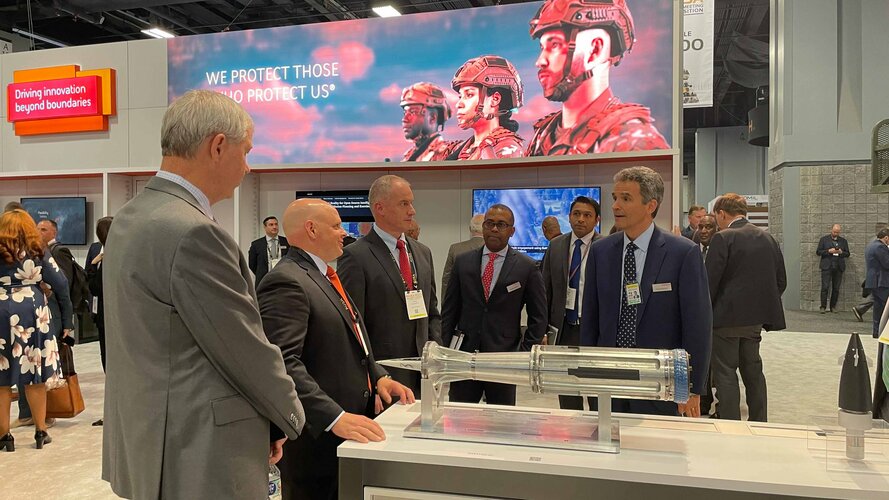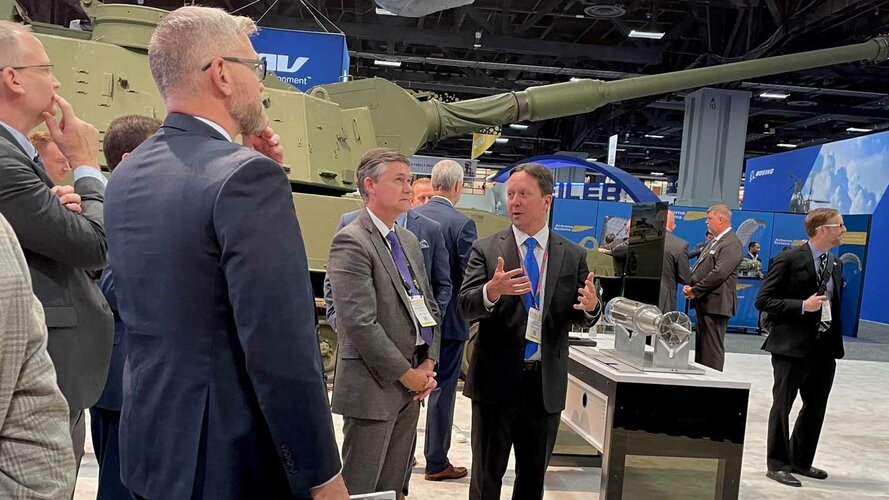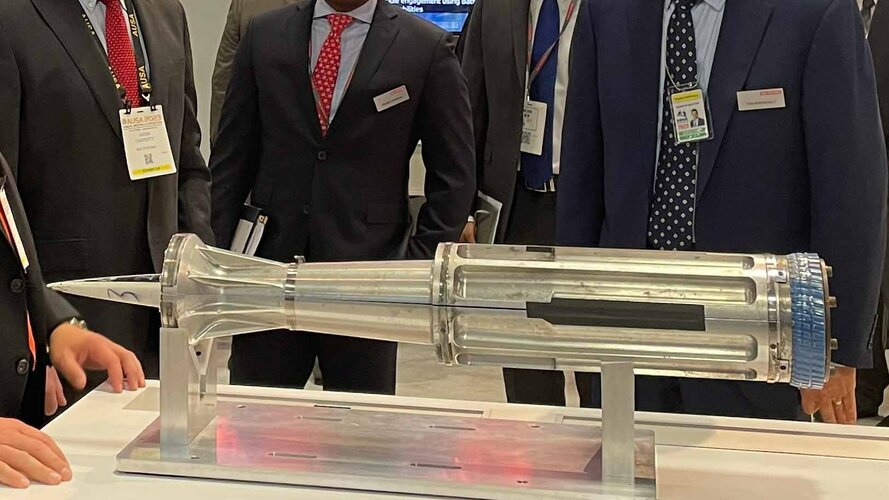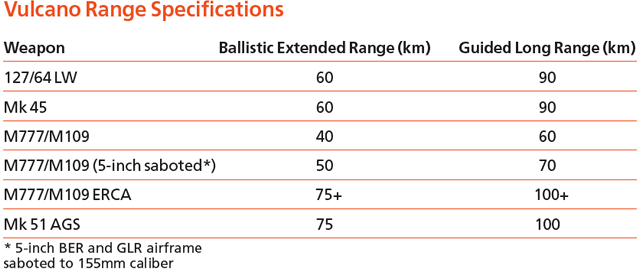No, you do NOT have the shell doing 900m/s when it touches the rifling, unless there's an immense lede of unrifled barrel because you're not using the full chamber length because you're not using the supercharge.
Ain't how it works.
Shell is doing ~300m/s for the first couple inches of rifling, and will continue to accelerate for the milliseconds that the shell is inside the barrel. Else cutting down gun barrels wouldn't cost you any velocity, and using longer barrels with the same charges wouldn't gain you any velocity.
You're using the supercharge if you're using ERCA. That's why it exists. The MACS compatibility is just a nice thing to have.
It's a gun, not a howitzer, but it's technically a howitzer, because it has zonable charges. Not that the crews would use them in practice.
The shell hits the rifling pretty hard, and the propellant is pretty hot, so a half rifled barrel won't do much for it in this regard. The main erosion areas are the freebore and leade, after all. Last I checked, the Paris gun had both. ERCA is essentially a tank gun, so its barrel life is comparable to 2A46, roughly speaking. As I said it might last 150-200 EFCs in practice, which in real terms is about a day or so in medium-intensity combat, and less for high-intensity. If you tried to use ERCA's shells in a Paladin you'd get similar results.
Without the supercharge, you'd just buy a L52 for Paladin and use copper banded shells. The long range shell technology might get recycled into a new Excalibur-type shell for the M109L52 if/when DOD decides to buy that to fill the need for longer range guns for the BCTs. If it goes with ERCA it will just get a sort of vaguely mediocre piece that can outshoot anything in the world for all of about 3 or 4 hours until it needs to swap barrels.
If you wanted ERCA to work within the MTA program schedule, you'd need to lose the rifling or lose the supercharge. Neither is a good look in DOD's eyes. The main business case was partly "we can use old 155mm shells" which was wrong, and necessitated the rifling, and "we can shoot very far", which was true, and necessitated the very hot supercharge.
That said, if DOD approves the ERCA program for another 12 months next year it might survive to see service, but they didn't grant the year waiver back in 2021, so it has a better than even chance of getting canceled when the MTA comes up for review. MTAs have strict 5 year schedules because DOD wants to avoid pointless boondoggles like Littoral Combat Ship, Future Combat Systems, and Comanche in the future.
If it can't be made in 5 years, or less, it ain't worth making nowadays. Which makes sense when the last major procurements took 10 to 30 years to produce half a dozen broken prototypes or worse. ERCA is shaping up to be one of those broken prototype programs like AGM-183 ARRW. The technology used in stuff like XM1155 will probably be reused in new ammunition for the M109s eventually, even if ERCA survives.





